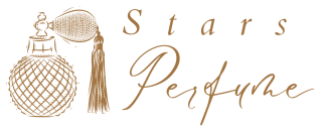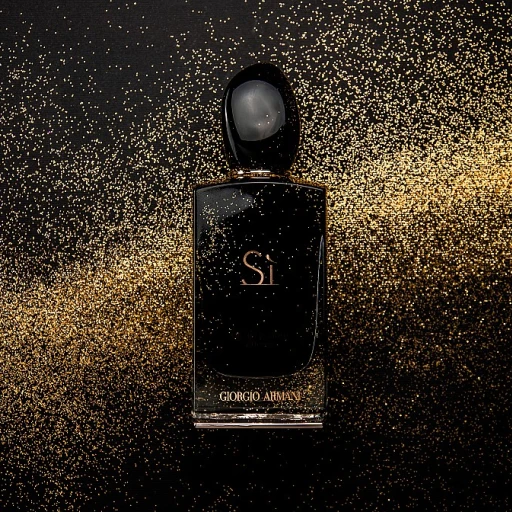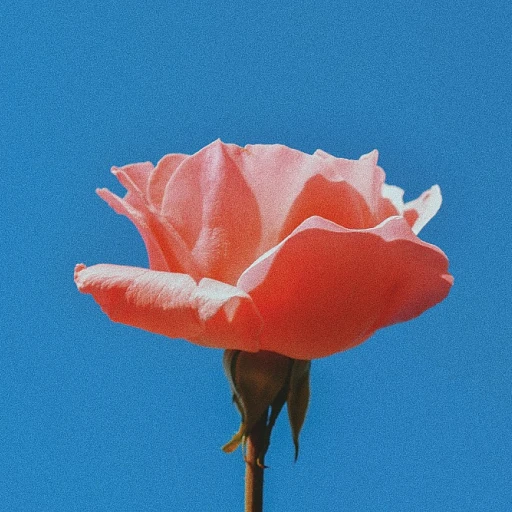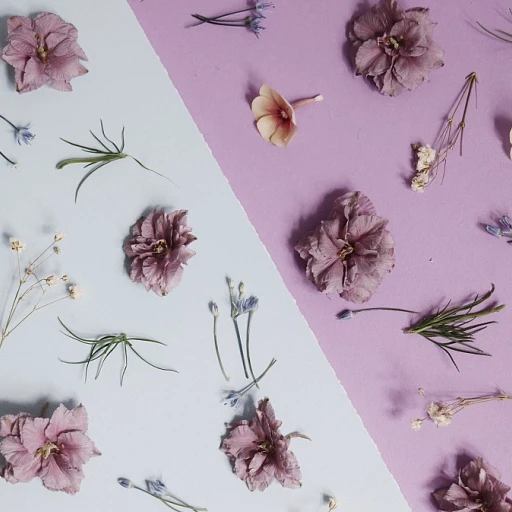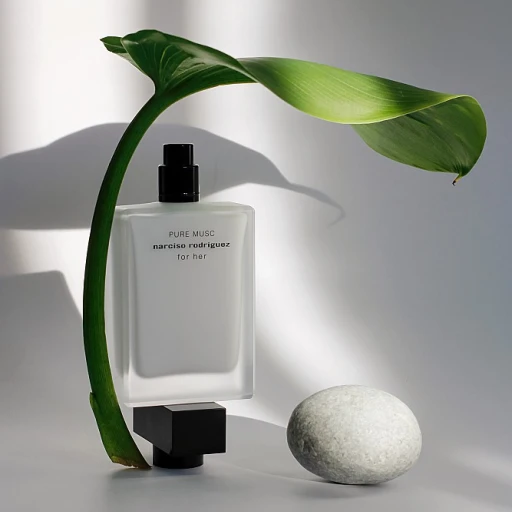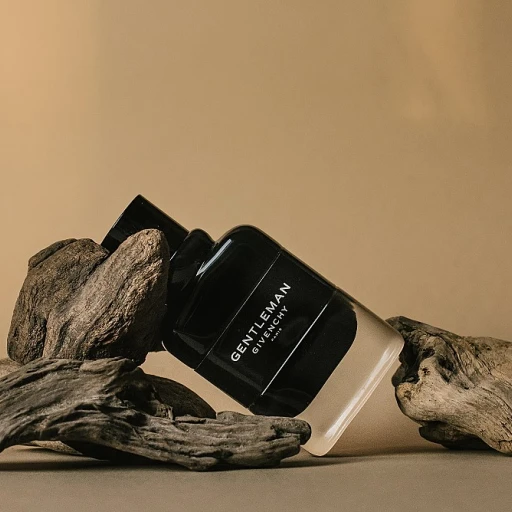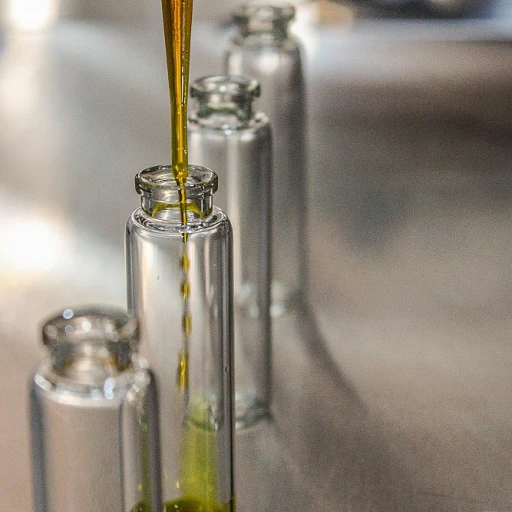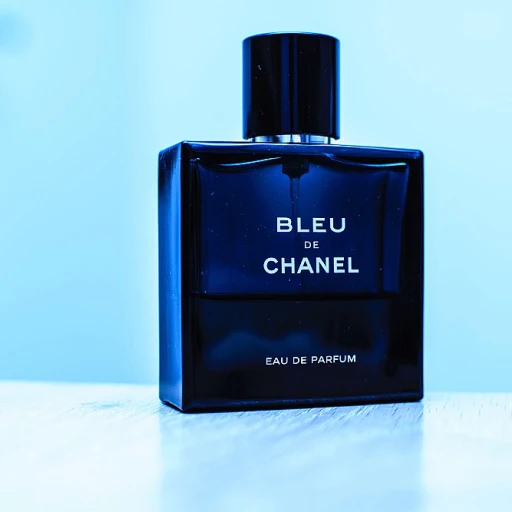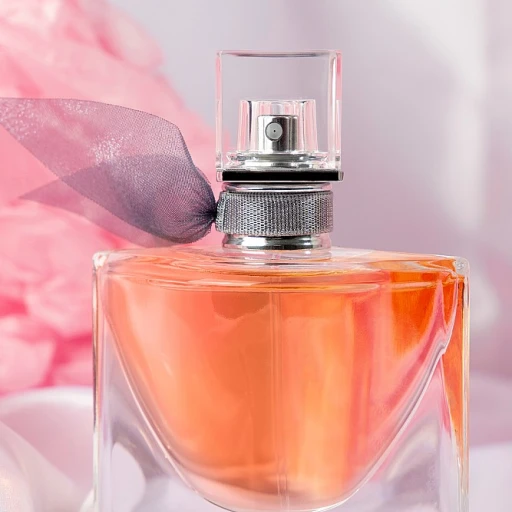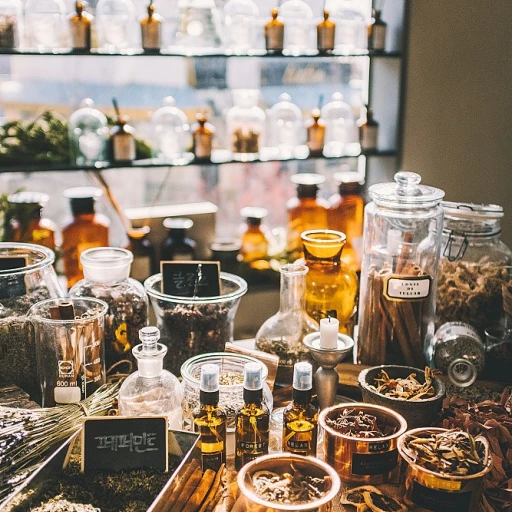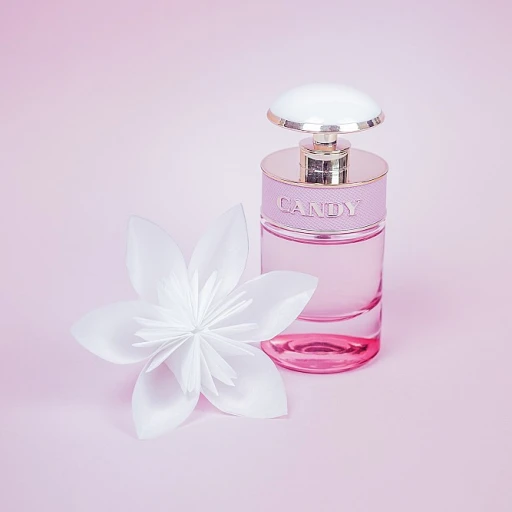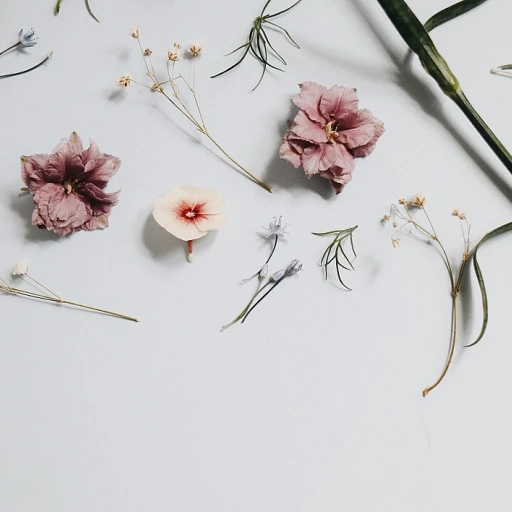
Understanding Mixture Fragrances
Delving Into the World of Mixture Fragrances
Understanding mixture fragrances is a journey into the artistry of harmonious scents. It's where the fine craft of blending diverse fragrance notes comes to life. Mixture fragrances uniquely combine top notes like blood orange and black pepper with deeper base notes such as oud or leather, forming exquisite symphonies that tantalize the senses. This art is not merely about combining various fragrance materials, but also about the science of how these elements interact and enhance each other. Mixing essential oils with precision can result in new, bold products that stand out both in scent and in price on the market. For many, creating a blend begins with deciding on the distinct personality you want the fragrance to convey. This involves choosing a foundation of base notes, which often includes oud or leather, to ground the aroma. From there, one might layer on additional notes for complexity and depth. The price of these carefully crafted creations can vary widely. Regular products often come with a base unit price, which can shift based on the rarity or quantity of the ingredients. For example, a sale can influence the price mixture, bringing new opportunities for discovery, particularly in a competitive market where price in USD is a significant factor. Mixture fragrances invite you to explore a realm where classic and modern elements coexist. Whether you're seeking a perfume, a candle, or a bath body product, the possibilities are as limitless as your imagination. Discover more on disrupting conventions in fragrance blending techniques by exploring an inside peek at layered fragrance blending. Immersing yourself in fragrance mixing doesn't stop here. As we delve deeper into upcoming sections, we'll explore historical nuances and future prospects that continuously reshape this fascinating world.The Science Behind Scent Blending
The Chemistry of Fragrance Harmony
In the realm of mixture fragrances, the confluence of chemistry and creativity plays an integral role. Fragrance blending embodies an intricate understanding of scent compounds, or notes, that include top, middle, and base notes, each contributing to the perfume's character. Mastering the craft requires a nuanced grasp of how these elements interact, influencing the overall scent profile.
Top notes like blood orange and black pepper provide an initial burst of aroma. These ephemeral notes are designed to captivate the senses and often entice through their light and refreshing qualities. As they evaporate, the perfume reveals its middle notes, which form the heart of the fragrance. These can include factors like leather or floral elements, which add complexity and depth.
The base notes, lingering longest on the skin, provide the fragrance’s foundation. This lasting attribute may be achieved through robust elements such as oud or other grounding aroma compounds. Combining these notes effectively can create unique olfactory experiences that captivate users.
Layering fragrances is a technique used by perfumers to enhance complexity. By contrasting different scent families—such as mixing perfumes with varying degrees of sweetness or spiciness—one can create products that boast richness and multifaceted essence. This approach can lead to fragrances priced at a premium, influencing regular price assessments and sale opportunities.
In this complex dance, the science behind blending reflects a balance of art and precision, offering an array of opportunities for consumers to engage with fragrances that align with their identity and preferences. Whether through a bath body collection or an exclusive candle line, understanding these principles can elevate one's ability to craft truly remarkable scents.
If you’re keen to explore more about mastering the craft of perfume blending, be sure to check out this comprehensive guide.
Historical Perspectives on Fragrance Blending
Historical Insights into the Craft of Blending
Blending fragrances is more than just a modern-day innovation; it is a craft steeped in rich history. Ancient civilizations have long explored the art of perfume mixing, each imparting distinct techniques and personal philosophies. One of the most revered origins of scent blending hails from the Middle East, where cultural reverence for perfumery has inspired countless unique scents. Layers of ingredients like oud, leather, and black pepper were meticulously mixed by skilled artisans to create perfumes that were not only evocative but told a story of the region's distinct olfactory identity. Historical records suggest that these blending methods contributed significantly to the regal allure of their cultures. For a deeper dive into these ancient blending techniques, you may find insights from this ancient mystery invaluable. As time progressed, the art of layering and creating extraordinary base notes became more intricate and revered in different parts of the world. This fascinating journey from the past to present highlights how cultural exchanges enrich this art form. For instance, European perfumers adopted the top notes and base notes from bold spices and citrus fruits like blood orange, made available through trade routes, to create products that were not only appealing but accessible to a broader audience. Modern-day fragrance enthusiasts have benefited greatly from these historical amalgamations, allowing them to experiment with a plethora of scents at a variety of price points. The price of mixture fragrances spans from a more accessible usd regular price to luxurious high-end unit price ranges. What remains consistent is the cherished tradition of creating unique scents, which is just as significant now as it was centuries ago.Creating Your Own Signature Scent
Crafting a Signature Scent: The Personal Journey
Creating your own signature scent can be a rewarding journey. By combining various fragrance notes, you can develop a unique fragrance that reflects your personal taste. Just as with blending in general, the first step is understanding the various types of notes—top, middle, and base—and how they work together to form harmonized scents. Begin by selecting a few fragrance materials that resonate with you. Perhaps the invigorating zest of blood orange catches your fancy, or the warm earthiness of leather intrigues you. Don't hesitate to experiment with bold notes like black pepper or oud either, which can add depth to your mixture. Consider the context: mixture fragrances often tell a story. If you're aiming for an everyday scent, something subtle and fresh may be appropriate. For evening events, richer, more complex blends might be appealing. The unit price, often in usd, can vary significantly depending on the essential oils and ingredients you select. While sales and regular prices can impact your choices, focus on quality and the overall olfactory experience when creating. To perfect your blend, embrace trial and error. Layering fragrances with complementary notes can enhance the final product or candle you create, offering a unique scent profile. This might involve altering ratios or the order of the mix perfumes to achieve a desired balance. Finally, be mindful of your sense of smell's subjectivity. What may be a delightful scent to one individual could be overpowering to another. Therefore, trust your instincts and create what feels right for you. The process of mixing and layering can present challenges, yet it's these intricacies that make the crafting of a signature scent a highly personalized art form that reflects both creativity and the scientific principles of fragrance blending.Challenges in Crafting Mixture Fragrances
Difficulties Faced in Fragrant Fusion
Crafting mixture fragrances is both an art and a science, a delicate balance that is not without its hurdles. One of the main challenges is ensuring that the blend of scents comes together to create a harmonious experience rather than a muddled outcome. Finding the right balance between top notes like blood orange or black pepper and base notes such as leather or oud is crucial. The complexity lies in selecting fragrance materials that complement each other, maintaining the essence of each note without letting any single scent overpower the others. Then comes the matter of consistency. Regular products often follow a proven formula to achieve a consistent scent profile. However, when mixing fragrances, particularly when creating your own signature scent, inconsistency can arise. Variations in essential oils and other fragrance materials can lead to different results each time, making it challenging to deliver a standard product. Layering fragrances is another sophisticated technique that is frequently employed but also presents difficulties. For some, the art of layering requires expert knowledge of how certain notes react and blend with one another over time. There is a need to recognize how top notes can initially dominate and fade, while base notes linger, shifting the scent profile dynamically. This demands precision and a deep understanding of fragrance chemistry. Another issue is the cost implications. The price of creating a unique mixture in terms of USD can be significant. The unit price of high-quality base and top notes can push the regular price of a bespoke product beyond what is palatable for some consumers. There is also competition from well-established brands that offer sale prices or regular price deals, adding another layer of complexity in terms of making mixture fragrances commercially viable. Despite these challenges, the joy of creating a unique perfume fragrance remains unrivaled, blending innovation with tradition and ensuring that the future of mixture fragrances stays bright and full of potential.The Future of Mixture Fragrances
Embracing Innovation in Fragrance Blending
As we explore the future of mixture fragrances, innovation in scent blending takes center stage. The demand for personalized and unique scents has boosted the practice of artfully mixing perfumes using diverse fragrance materials such as oud, black pepper, and blood orange. These creative concoctions allow individuals to express their personality through customized scents. Brands continue to explore unconventional combinations, pushing boundaries to produce extraordinary new olfactory experiences. As sustainable practices grow in importance, the fragrance industry seeks eco-friendly alternatives. Essential oils derived from natural sources are gaining popularity, as they offer a sustainable method of production while maintaining the integrity of the scent profile. Additionally, recycling and upcycling materials for packaging has become a focus, as consumers become more environmentally conscious. The digital age introduces another fascinating development—virtual fragrance creation. Emerging technologies allow perfumers to simulate scent profiles and fine-tune notes without wasting resources. This virtual approach not only reduces the trial-and-error process but also serves as a platform for consumers to partake in the creation of their own unique scent blends. Trends Shaping the Future:- Integration of AI to fine-tune fragrance development
- Increased focus on sustainability within production and packaging, affecting regular price points
- Virtual fragrance workshops allowing participation from a global audience
- Continued rise of layering fragrances through personalized bath body products
